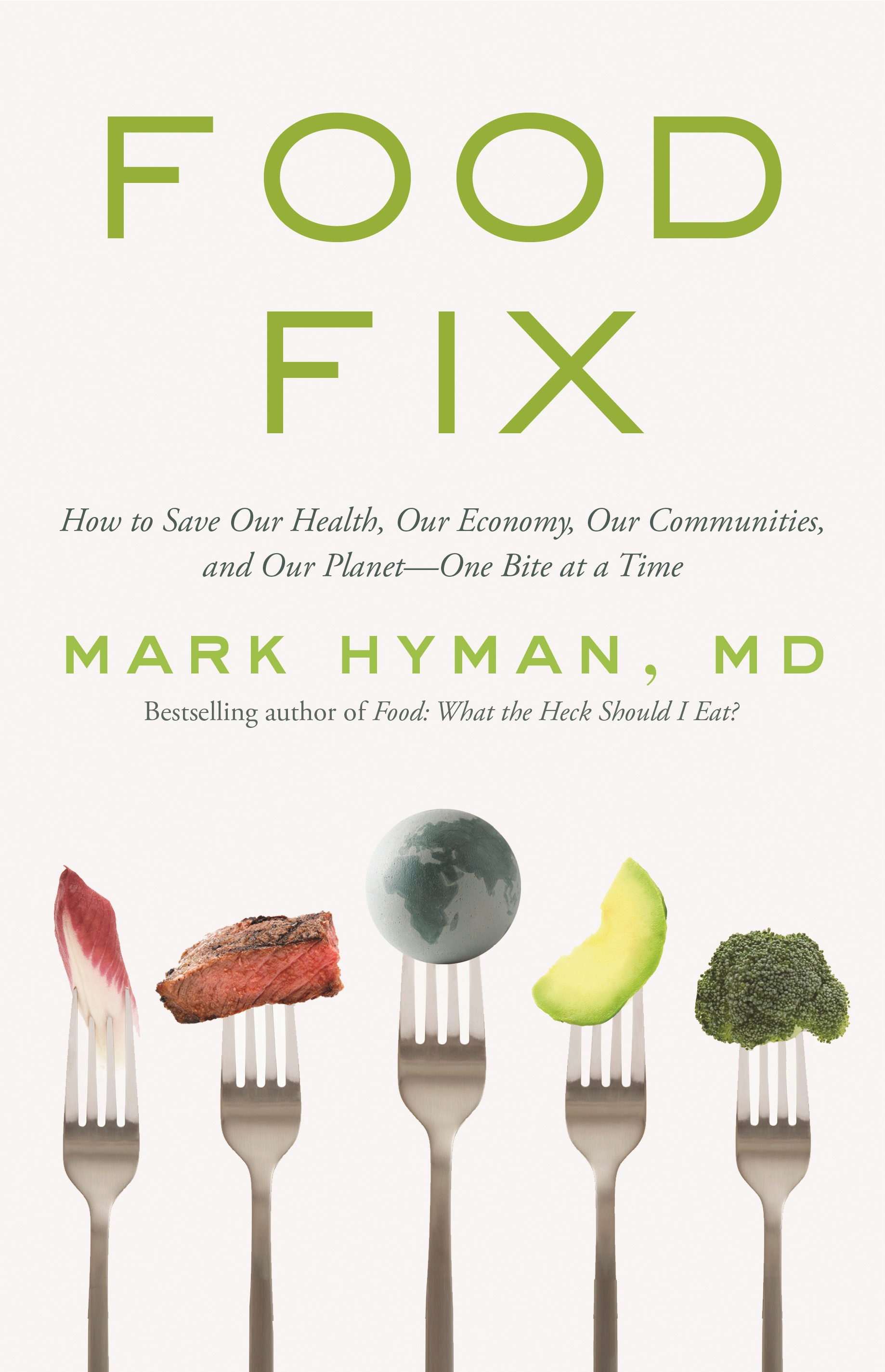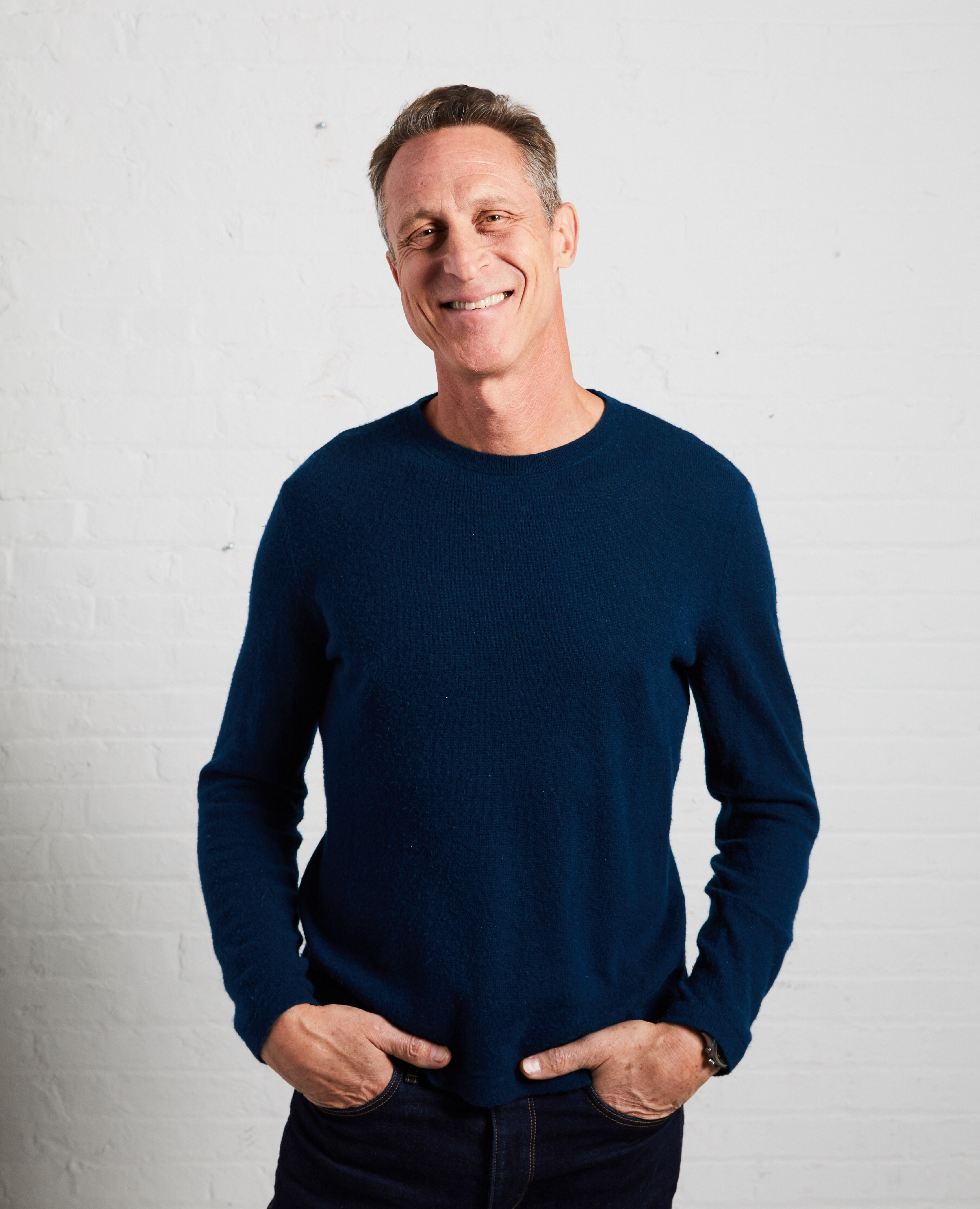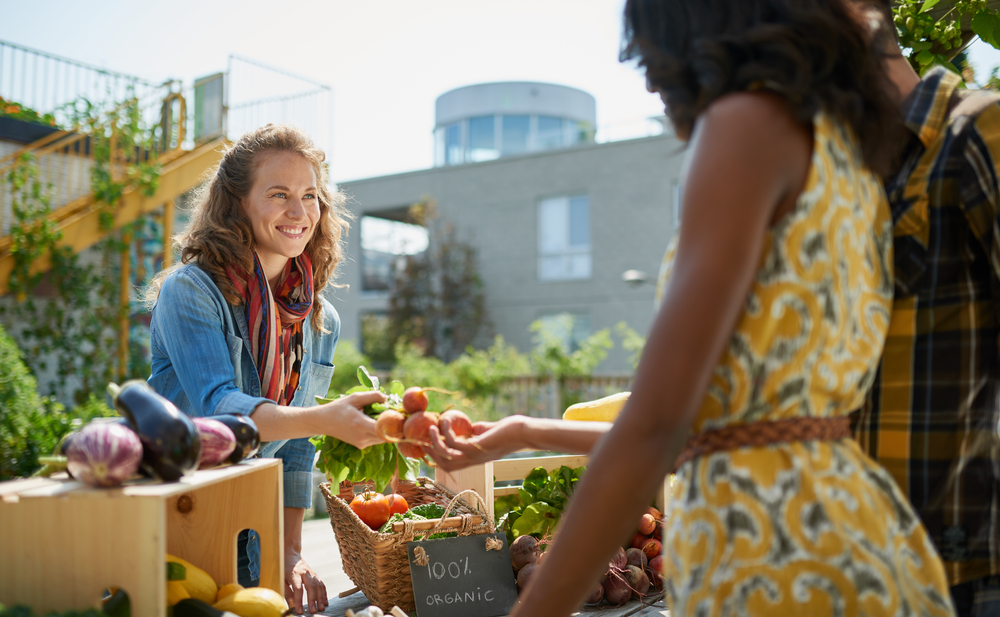No one denies that climate change is a serious problem. Fortunately, it’s no longer a bipartisan issue. Our desperate need to turn the tide has spawned major car manufacturers to join Tesla in churning out electric cars. In sunny states Hawaii, California, Arizona, and Colorado, solar energy is taking off in residential and commercial construction. And teens like Greta Thunberg are making news. Despite the rising awareness and progress, we are still very far behind. It will take us decades to reduce our use of fossil fuels. Yet the simplest solution that could make the biggest dent in our climate crisis goes unnoticed right under our noses. Literally.
Wasting our dinner
Imagine going to the grocery store, coming home with an abundance of food, then throwing out almost half of it. That is exactly the state of food waste today in the world Up to 40 percent of our food is wasted. It rots in fields, goes bad in transport, or passes its “sell by” date before it can be bought. When food does make it to our plates whether at home or in a restaurant, we toss a lot of our leftovers. A family of four throws away $1,800 in food every year, and in the United States we spend $218 billion a year, or 1.3 percent of our GDP, growing, processing, transporting, and disposing of food that is never eaten. In the US, it’s like growing food on the whole state of Pennsylvania, then throwing it out.
The waste is bad enough on its own, but where does all that wasted food end up? In our landfills where it wreaks havoc on our climate. This is just one of the many problems in our food system that I write about in Food Fix, a manifesto about saving our health, economy, communities, and planet.
First, consider the obvious waste of resources at every stage. Think of the labor, seeds, water, energy, land, fertilizer, and money that end up in the landfill. Second, when this wasted food sits in the landfill, it undergoes anaerobic decomposition (decomposition without oxygen) and generates methane—one of three powerful greenhouse gases 25 times more potent than CO2. If you are worried about cow burps, you should be much more worried about the consequences of your veggies ending up in a landfill.
Under the current system, the food we waste is responsible for roughly 8 percent of global emissions. If food waste were a country, it would be the third-largest emitter of GHGs after the United States and China. Not to mention that the loss of all that food costs our economy $2.6 trillion a year, or about 4 percent of global world product. The real head-shaker is that we have more than enough food to feed all 7 billion humans. We grow enough food for 10.5 billion. Yet 800 million people go hungry. How is that possible?
Why so much waste?
Rich and poor countries waste food for different reasons and need different solutions. While poor countries struggle with lack of refrigeration, bad roads, heat, humidity, and lack of proper packaging, they waste almost no food once it enters the home. But rich countries throw out massive quantities of food. Americans alone throw out 35 percent of the food in their fridge. “Best by” and “sell by” dates are related not to food safety, but when the food will taste best, which only confuses customers and leads to massive food waste.
Food waste also happens because prices are too low, and farmers leave food to rot in the fields because it is not worth selling even though it is perfectly good. Food waste can also come from food that is ugly, misshapen, or not “perfect,” like the 800 million pounds of sun-bleached watermelons that are thrown out every year. Grocery chains police their garbage to make sure dumpster divers don’t get their slightly overripe food—which, by the way, is still safe to eat. Restaurants over-order to be sure not to run out of anything and disappoint their customers.
Save your food!
The new UN Sustainable Development Goals have called for cutting food waste in half by 2030. Of all its climate change solutions, Project Drawdown labels reducing food waste at the No. 3 best thing we can do—and anyone can help because we all eat. In October 2018, the USDA partnered with other government agencies on the Winning on Reducing Food Waste Initiative. This is big! Reducing our food waste and greenhouse gas emissions will require all of us from local governments and national policy makers to farmers, grocery chains, food service providers, and every citizen in their kitchen.
Some cities such as San Francisco mandate composting; it’s part of regular trash service. Once decomposed, the compost is sold as nutrient-rich fertilizer. California, Connecticut, Massachusetts, Oregon, and Washington are also following suit. Vermont’s mandatory composting goes into effect July 1, 2020, for residents, restaurants, supermarkets, and cafeterias. Countries like France made it illegal for supermarkets to throw out food; they are required to send it to food banks, compost companies, or farms for animal feed.
Nonprofits such as Feeding the 5,000 have had fifty global events feeding 5,000 people entirely from food waste. Even top chefs like Dan Barber and Tim Ma showcase gourmet meals made of food scraps. Barber’s wastED pop-ups in New York and London used ingredients such as vegetable pulp, liquid from cans of chickpeas, and beef tallow. Ma’s kitchen turns carrot tops into pesto and carrot peels into garnishes.
In Food Fix, I mention a number of innovators who are helping to reduce food waste all along the food chain, such as Apeel Sciences, Imperfect Produce, WTRMLN WTR, and FoodMaven. Here’s how you can join the movement to save our planet and transform the food system.
1. Buy ugly food. Save the planet; feed yourself. Who wants a carrot with two legs, or a weird-looking potato? I do. Seek out the produce that doesn’t look quite right; it’ll still taste just as good. Buy from your local community supported agriculture program. The food is organic, fresh and often ugly but tasty.
2. Reduce your own food waste. Use Fresh Paper, a simple piece of paper infused with herbs that keeps your produce fresh three to four times longer, or use produce protected by Apeel, the plant-derived coating that keeps produce fresher longer. Make soups or stews from veggies that are a little wilted. Cook just enough for your family, or make sure to eat or freeze all your leftovers.
3. Start a compost pile. That way whatever waste or food scraps you produce don’t end up in a landfill. No more produce, grains, or beans in landfills. Composting is a simple use of letting food scraps biodegrade aerobically by exposing them to oxygen, rotating the food scraps, and mixing them with a brown matter (such as sawdust, cardboard, or dry leaves). This turns it into a nutrient-rich organic material that can be used to help build soil in gardens, farms, or your backyard.
Wherever I have lived for the past 40 years, I have had a compost pile. Even in New York City I can drop off food scraps at a farmers’ market in Union Square to be composted.
If you live in a city, consider advocating for a municipal-level composting program. Find out if there is an urban compost drop-off center in your city or town. If you have a backyard, create a compost pile there. If you live in an apartment, get a kitchen composter. You might even consider starting a community or city compost program like the one in Sacramento called BioCycle. Or petition your local government to start one.
Studies found that when compost is applied to rangelands, the compost increased production between 40 and 70 percent, increased soil carbon sequestration (which pulls CO2 from the air into the ground), allowed soil to hold more water, and provided nitrogen and other nutrients to improve soil quality. These kinds of results improve the environment and combat greenhouse gases. Your garbage can help reverse global warming.
Anyone can help reduce food waste and fight climate change. You don’t have to spend your savings for an electric car or solar panels (although if you can, go for it). You just need to pay closer attention to what’s left on your plate and in your fridge. If we all do it, we could reverse climate change. It’s that simple.
Sources:
- https://www.wired.com/story/a-teen-started-a-global-climate-protest-what-are-you-doing/
- https://www.nrdc.org/issues/food-waste
- https://www.nrdc.org/sites/default/files/wasted-2017-report.pdf
- https://www.refed.com/downloads/ReFED_Report_2016.pdf
- https://journals.plos.org/plosone/article?id=10.1371/journal.pone.0195405
- https://www.fibl.org/fileadmin/documents/en/news/2014/mr-fao-food-waste141001.pdf
- https://www.huffpost.com/entry/world-hunger_b_1463429?guce_referrer=aHR0cHM6Ly93d3cuZ29vZ2xlLmNvbS8&guce_referrer_sig=AQAAAELCC2gLn0PZ0iumxHsDxS-AR26P9mHpi5MlGPpClfVjp7oy_8XA7QsKDtMQ-5f6utCOyK-Kaj6pzdZWyYADBNh53aI6dB42wMHJG4Cio_zuLc3x43Rrjqylgz5zIAoCArC5Yfy93nc3XokYjY6JgbpIQr44IWc5owHvTHmROF3Y&guccounter=2
- https://news.un.org/en/story/2019/07/1042411
- https://www.usda.gov/oce/foodwaste/faqs.htm
- https://www.cnbc.com/2018/07/13/how-san-francisco-became-a-global-leader-in-waste-management.html
- https://www.compostingcouncil.org/page/StateRegulations
- https://sustainablebrands.com/read/product-service-design-innovation/this-startup-is-giving-ugly-watermelons-a-refreshing-purpose
- https://www.wastedlondon.com/about
- https://www.teaandwater.co/insights/food/a-burger-made-from-vegetable/
- https://www.npr.org/sections/thesalt/2018/04/20/601975226/for-one-fine-dining-chef-cutting-food-waste-saves-the-planet-and-the-bottom-line
- https://www.usatoday.com/story/news/nation/2019/12/26/2020-new-laws-vermont-composting-arkansas-human-cloning/2739880001/
- https://sustainabledevelopment.un.org/topics/sustainabledevelopmentgoals
- https://www.drawdown.org/solutions
- https://apeelsciences.com
- https://www.imperfectfoods.com/about-us
- https://www.marincarbonproject.org/file/2018-documents/2_Effects-of-organic-matter-amendments-on-net-primary-productivity-and-greenhouse-gas-emissions-in-a



